
An unexpected partnership
What does Huawei and University of Manchester have in common? Nothing really, except that they have recently announced their partnership to develop the next generation of electronic devices based on graphene in the future. What is a graphene you ask? Graphene is the thinnest and most conductive material in the world. In just an atom thick form of graphite, the possibilities are endless and it has the potential to revolutionize the ICT sector. So just imagine a smartphone as light as a feather! (metaphorically speaking) Here's what Huawei and The University of Manchester had to say about it.
“The UK is at the forefront of world-leading R&D capability in fundamental technology and we’re excited to be working with The University of Manchester through Huawei’s HIRP FLAGSHIP program on a project that has the potential to explore so many advanced technologies. As the home of graphene, The University of Manchester has enormous expertise and the best facilities for working with the material. We are confident our partnership will help to build a better connected world and contribute to the future of the ICT industry.” Chen Lifang, the Board Director and Senior Vice-President, Huawei
“Working with a leading global technology brand gives us the opportunity to take graphene from the lab to everyday products. We are looking forward to working with Huawei over the next couple of years to develop new materials for consumer electronics and mobile communication devices.” James Baker, Graphene Business Director at The University of Manchester.
In addition to that, the Engineering and Physical Sciences Research Council (EPSRC) and European Regional Development Fund (ERDF) funded £38m and £23m respectively to construct the National Graphene Institute (NGI). The NGI, becoming a world-leading centre of graphene research and commercialisation this year, has become an ideal place for academics and their industrial partners to work together closely.
”It was a great privilege to officially open the National Graphene Institute earlier this year as part of a £90m Government investment in graphene research and development. Today’s deal between Huawei and the NGI is important recognition of how the UK is leading the way in graphene technology and another example of how science and innovation is playing a key role in building the Northern Powerhouse.” George Osborne, Chancellor of Manchester University.

A better understanding of graphene
The graphene based technology project is estimated to run for two years, and will explore new possibilities of implementing graphene on consumer electronic and mobile communication devices. Does this mean a light as a feather graphene smartphone from Huawei in the near future? Stay tuned to find out.




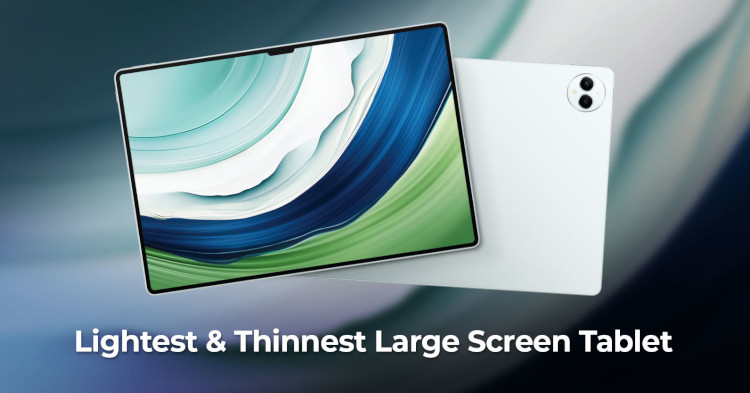

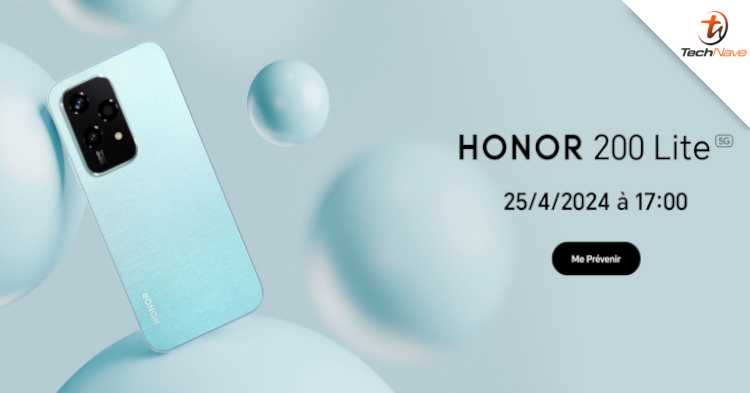

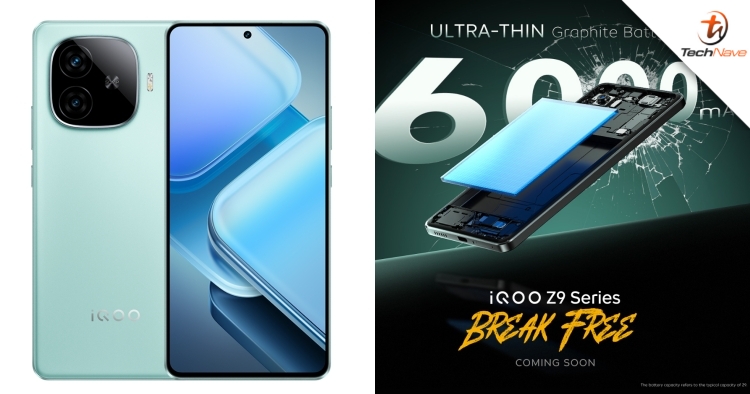
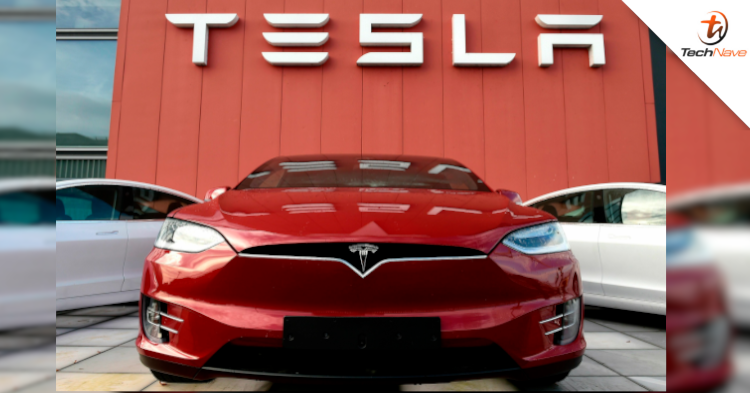
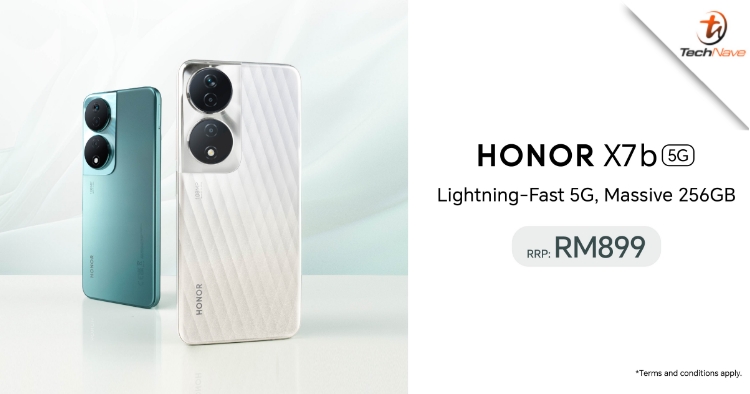
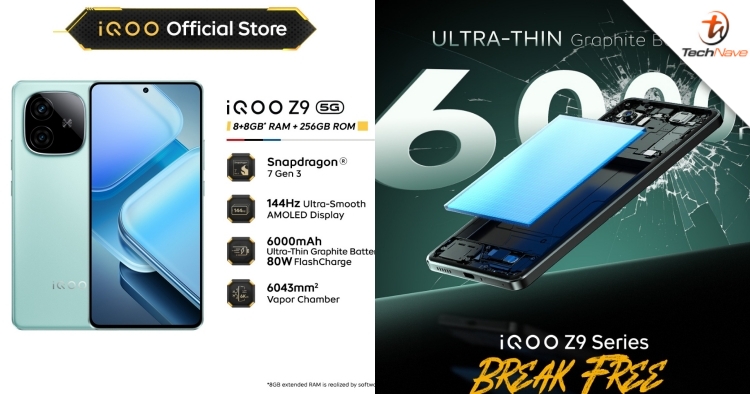
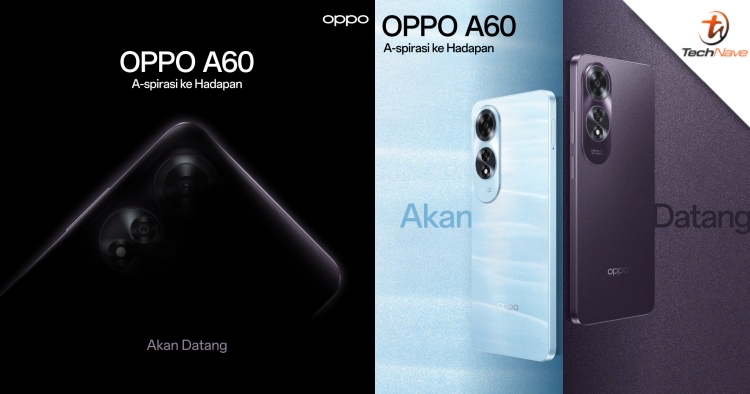




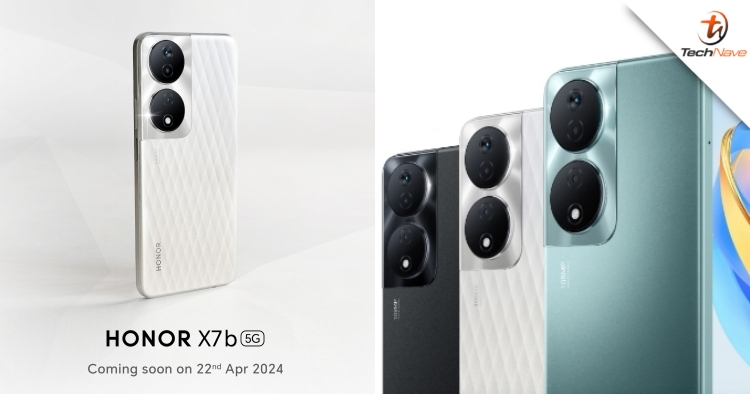

COMMENTS